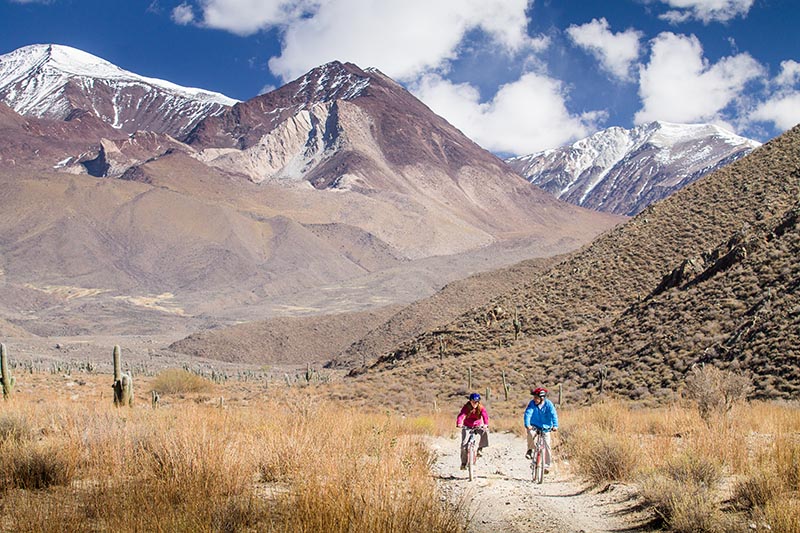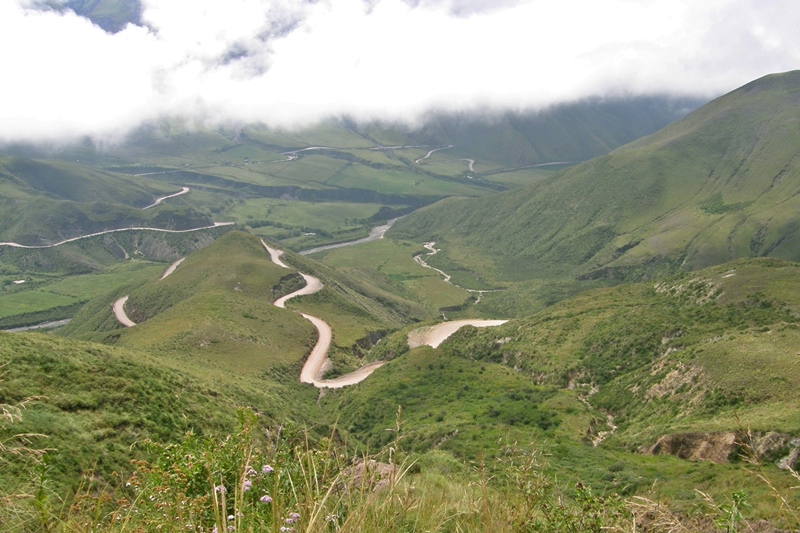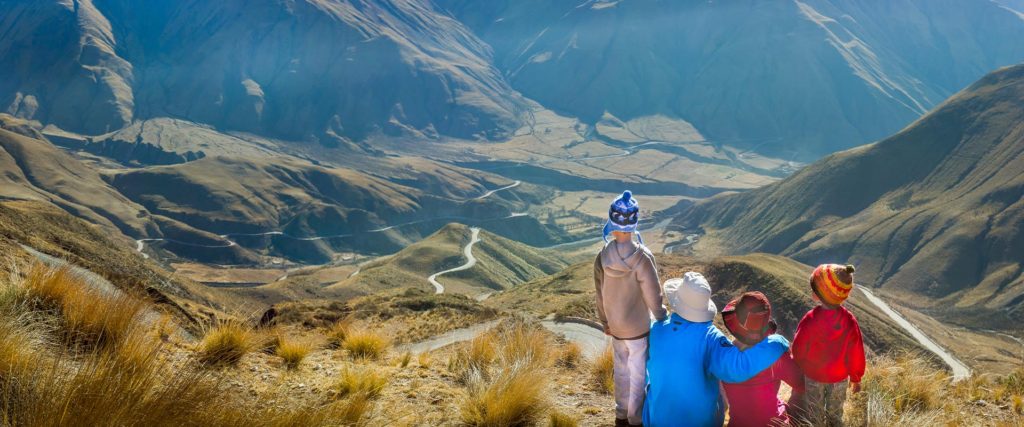The province of Salta, in the north of Argentina, is known in the country as la linda; the beautiful, and with good reason: its valleys and ravines, mountain paths and pretty historic towns are all part of a regional culture that makes it a dream destination for visitors.
And it’s also the land of delicious empanadas and tamales (competitions are held every year to choose the best), and of course, wine, where the local Torrontés stands out.
If you’ve been lucky enough to visit the picturesque capital and attended one or two folk concerts, it’ll be time to hit the road and see the other wonders the province has to offer.

Salta: stunning scenic routes
Taking a scenic tour of the Calchaquí Valleys makes for a gorgeous trip: the journey will take you through dreamy whitewashed towns, incredible rock formations, past huge, silent cacti and along winding paths that wend their way up to impossible heights.
The entire route is about 300 miles beginning in City of Salta and running through the Quebrada de San Fernando de Escoipe, Payogasta, Cachi, and San Carlos to the town of Cafayate.
The further you go up the mountain, the better views you’ll have of the terraces where maize, beans, peas and other local crops are grown in this land of many flavors.

You’ll also be able to cross over the famous Cuesta del Obispo (Bishop’s Ridge), named for the night in 1622 when the leader of the local church – Monsignor Cortázar – slept in the middle of the road.
The Piedra del Molino (Millstone) represents the highest point of the route (11,000 feet above sea level) and it is highly recommended that visitors stop and get out of their car to soak in the stunning views.
Cachi, a land painted with peppers
An attractive place for a visit if you’re going in Autumn – March to May in the southern hemisphere – is the town of Cachi. You’ll find that the land there has turned an intense reddish color: these are the famous peppers that producers leave to dry in the sun after patiently picking them by hand.
The peppers are then spread over large surfaces, known as canchones, until they achieve a density of 2800 kilos per hectare. They lie there drying out for two weeks.
The sight of these scarlet “lakes” is so remarkable that pimiento tours are organized to view the raw ingredient of the paprika that is so important to the local Salteño empanadas.
High altitude wines and artisanal talent
As we’ve said, Salta is the land of empanadas (the local recipe differs from those of other regions in several ways, including the use of potatoes). But several other regional delicacies are also very much worth trying: tamales, locro, humita, spicy chicken, llama meat and pickled grouse, among others.

The perfect pairing for these delicious treats are the wines of the local terroir, which enjoys 300 days of sunlight a year, especially Torrontés, a white variety that expresses itself here with superlative elegance and quality.
If you’ve already visited the wineries of the Calchaquí Valleys and tried the delicious Salteño wines, then it’s time to enjoy other local treasures steeped in the regional history and culture.
Try heading to Seclantás, one of the best-preserved historic towns of Salta. Its main street is lined with ancient adobe houses with large gardens and cool galleries whose local architectural vernacular lends a magical air.

Indigenous Andean traditions reach us via the craftspeople of this unique city where one finds many potters and even more weavers.
These world-renowned artisans also make weaves to order so that visitors can go home with a design made just for them.
The Calchaquí Valleys are without doubt a magical place to visit.


